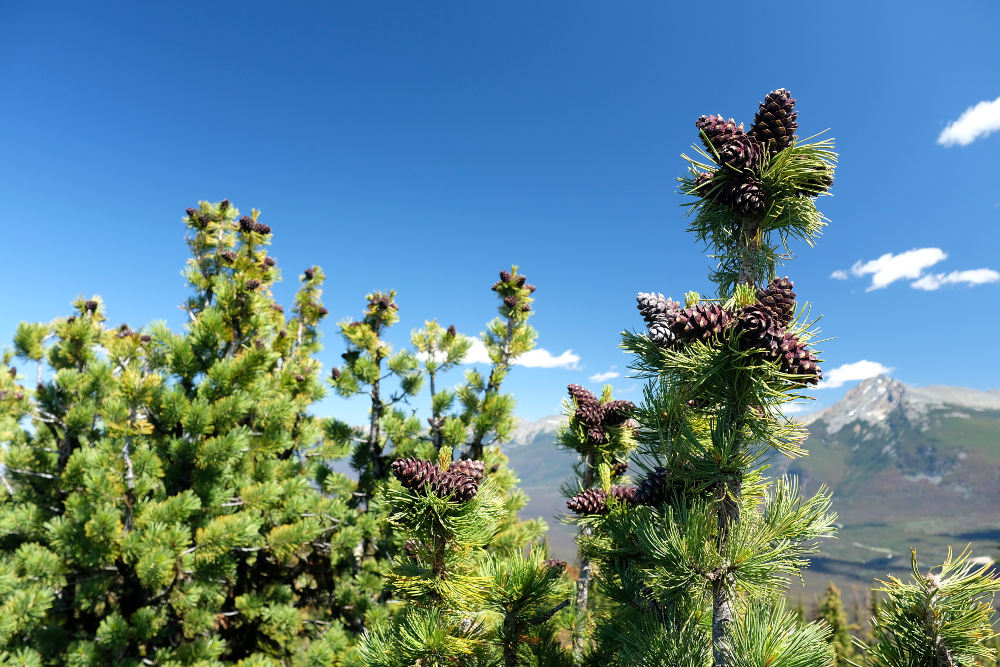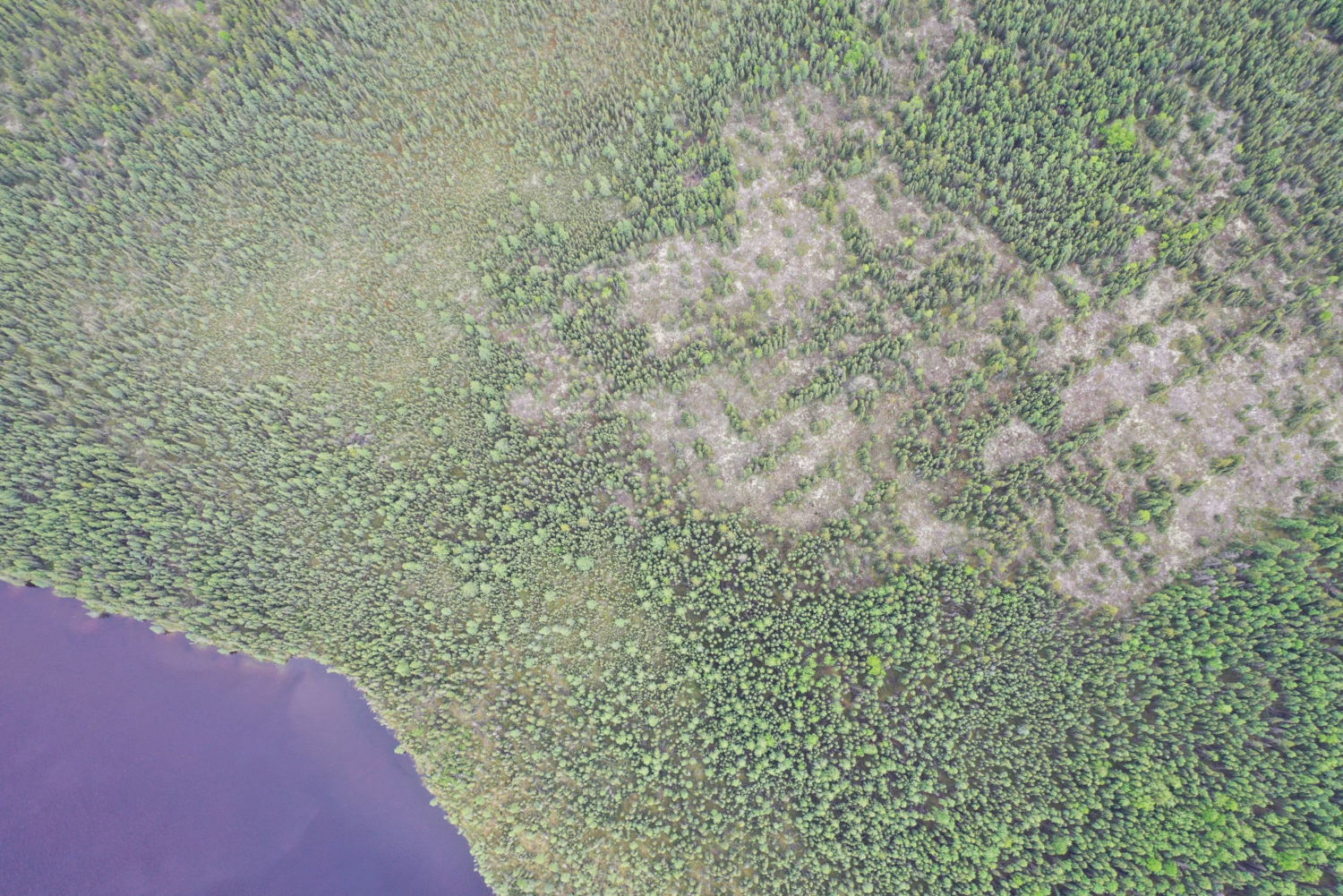
The iconic mountains that have captured the attention of many Yukon visitors can easily impart a sense of permanence. For many of us, this is a major part of their allure – they represent a timeless part of the natural world that makes us feel small, and maybe just a tiny bit insignificant. But this impression of invulnerability is misleading – while the mountains themselves are indeed ancient, and will endure, the tundra and alpine ecosystems that cling to their slopes are exceedingly vulnerable.

Tundra and mountains, covered with a coat of fresh snow.
Tundra and mountains, covered with a coat of fresh snow.
One increasingly topical threat to these ecosystems is climate change, and the Yukon has a sizable population of researchers studying it. But while the mountains themselves are well known and loved by visitors and locals alike, the work done by researchers on their slopes is not nearly as well understood and the public is, for the most part, not exposed to it.

Sunset in the evening sky over the research valley.
Sunset in the evening sky over the research valley.
Early in my career, I was fortunate enough to work as a research assistant for two years at one of these research camps - 'Pika Camp' - and I used the opportunity to build a collection of experiences and photographs from the valley to share with the public.

Pika Camp. Shown are the cook tent (bottom), the 'pod', a lab and storage building (center), and a tent, the sleeping accommodation.
Pika Camp is a small field camp in the Ruby Range Mountains of the Yukon, typically occupied by five or six people during the summer. Despite its small size, it has a long history of research work, and has hosted some impressive visitors. In the nearly two decades since it was established, it has hosted photographers, writers, and filmmakers from Canadian Geographic, National Geographic, the BBC, Discovery Channel, and others.
Facilities are simple but comfortable – solar power (and a backup generator) powers research equipment, while two weatherhaven tents provide storage, a space to cook, and shelter from bouts of bad weather. A plastic igloo, known affectionately as the 'pod', provides storage and serves as a field laboratory. Tents provide shelter, privacy, and a bed for the season.

A tent in the early season, still surrounded by snow. Tents are setup on platforms in a rocky creekbed, to minimize disturbance to the tundra.
Since the camp was established by Dr. David Hik (University of Alberta), researchers here have collected an impressively complete climate record, documented advancing tree and shrublines and used a variety of artificial warming experiments to understand the ways in which the tundra may change as climates warm. Experiments I assisted with tested, among other things, the effect of simulated warming on competition between alpine plants, in order to understand how the tundra will change as the climate warms.
Although Pika Camp's climate is tame compared to that faced by other Kluane researchers in, for example, the icefields of the St. Elias Mountains, weather here can still be challenging. My first season in camp was exceptionally cold, windy, and rainy – we had snow in June, July, and August, and several long stretches of persistent rain, snow, and fog that confined us to camp.

A nunatak in an alpine streambed.
The valley is frequently home to small groups of transient caribou, wolverines, marmots, pikas, chipmunks, golden eagles, red foxes, and an abundance of other wildlife. I was fortunate to have a full two seasons to become familiar with these animals, and for them to become familar with me.

Pika Camp. Shown are the cook tent (bottom), the 'pod', a lab and storage building (center), and a tent, the sleeping accommodation.
Pika Camp. Shown are the cook tent (bottom), the 'pod', a lab and storage building (center), and a tent, the sleeping accommodation.

A tent in the early season, still surrounded by snow. Tents are setup on platforms in a rocky creekbed, to minimize disturbance to the tundra.
A tent in the early season, still surrounded by snow. Tents are setup on platforms in a rocky creekbed, to minimize disturbance to the tundra.

A nunatak in an alpine streambed.
A nunatak in an alpine streambed.
The tundra can be a harsh place, and working here imparts a special appreciation for the species that live here year-round. For good reason, research at the camp is usually summer-only, and it is unoccupied during winter.
Alpine species, by contrast, are here all year and must survive as best they can. While researchers depend upon a plethora of support systems during the summer, from propane stoves to satellite phones, laptops, clothing, boots, food, and so on, the animals and plants of the valley have no such luxury. As a result, the individual species that live in this otherwise fragile environment must be paradoxically resilient and find unique ways to survive. Warmth for us is a down sleeping bag; for many alpine plants it is a simple, but equivalent, coat of hair. Food for us is flown in; for a pika enough to overwinter must be frantically gathered during the short summer, or it will die.

A purple rhododendron flower, one of the Yukon's most beautiful wildflowers.
A purple rhododendron flower, one of the Yukon's most beautiful wildflowers.
But one of the most extreme aspects of the alpine weather is the wind. On one evening, we were slammed by winds faster than 70 km/h until the sun rose. Tenting was a powerful reminder that, with fast enough winds, just about anything produces lift. For the flora and fauna, winter can be even more extreme. Between my first and second season, a massive January wind storm ripped through the valley. For sixteen hours, wind speeds did not drop below 70 km/h - maximum gusts recorded were an incredible 113 km/h. The white plastic research lab, the only year round structure, was ripped off its anchorage and broken into pieces by the extreme winds. Pieces of it were even found as far as the next valley downwind.

A marmot reclines on the tundra. Marmots can afford a slightly more leisurely summer than pikas - they hibernate cuddled closely in family groups all winter and do not stay awake.
A marmot reclines on the tundra. Marmots can afford a slightly more leisurely summer than pikas - they hibernate cuddled closely in family groups all winter and do not stay awake.
Somehow, the thought of tiny pikas cowering under cold rocks and snow, every winter, while winds like this rage around them is jarring and difficult to reconcile with their apparent frailty. But this is the nature of the tundra. Although it is fragile as a whole, the creatures that live here are by necessity quite resilient – to a point. For them, age old challenges like the wind and winter are ancient difficulties they have had ample time to adapt to.

A pika pauses for a brief instant while collecting food for the winter.
A pika pauses for a brief instant while collecting food for the winter.
But as the tundra warms, its challenges change. Its species may find themselves perfectly adapted to conditions they no longer face, and cruelly threatened by their former specialization. This is why alpine research sites like Pika Camp are so important – although the impacts of a changing climate will not be exclusive to the tundra, they will be felt the most immediately here, and a robust research presence in these environments speeds our understanding of changes that will, ultimately, affect us all.

An article about Alberta's endangered five needle pines and the work being done to save them from extinction.
An article about Alberta's endangered five needle pines and the work being done to save them from extinction.

An article about my most recent work, an expedition to find the first globally imperiled 'alvar' habitats in Saskatchewan.
An article about my most recent work, an expedition to find the first globally imperiled 'alvar' habitats in Saskatchewan.